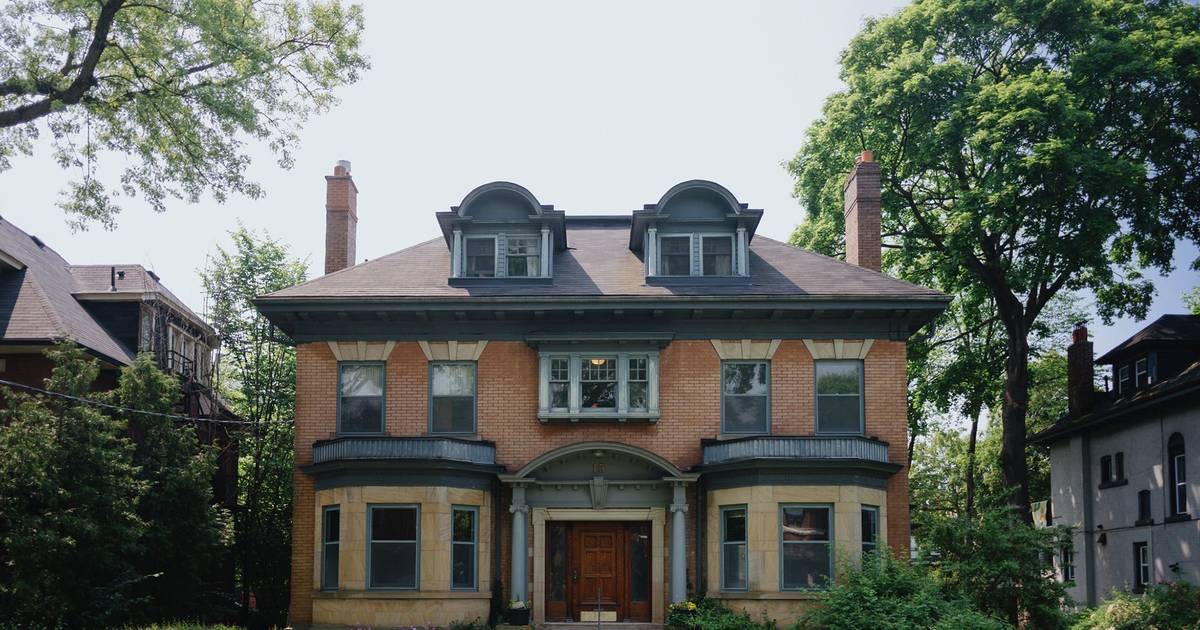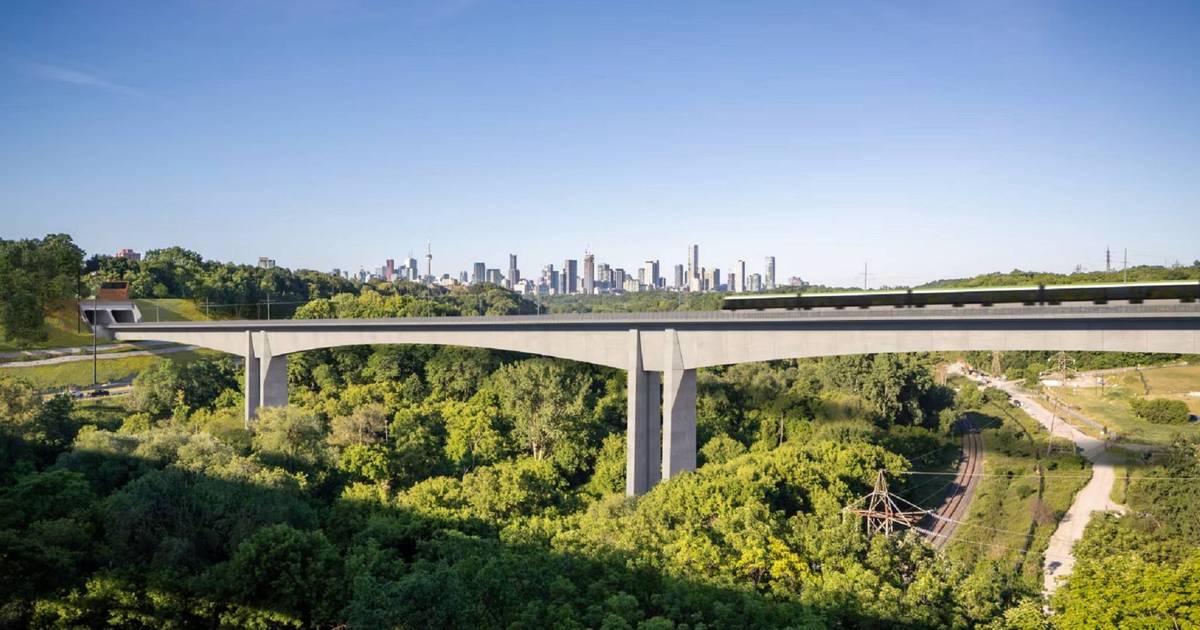Ontario is home to bustling cities, cottage towns, national parks and villages. But if you dig a bit further, you’ll find the province is dotted with ghost towns like Byng Inlet and fascinating stories of boom and bust.
Ontario has hundreds of ghost towns — though it’s hard to pinpoint just how many as populations rise and fall. But many of these depopulated towns have a few things in common, like declining industries foreshadowing population flight.
Before Byng Inlet was a ghost town, it was well known for its lumber industry.
Established in 1868, the town was named after English Admiral John Byng, who was executed by a firing squad in England after battling the French near Minorca in the Seven Years’ War.
Byng Inlet was once home to around 5000 people. Photo: Sawmill Lodge
The town shares its name with the natural inlet at the mouth of the Magnetawan River on Georgian Bay.
At the time, the area’s early industry was centred on the abundance of lumber in the region, making it the perfect location for sawmill operations to expand.
By 1871, two lumber companies had established sawmills in Byng Inlet, and by 1890, it was processing more lumber than all mills combined in the Georgian Bay area.

The town had the second-largest sawmill production in the country. Photo: Sawmill Lodge
But the sawmill that brought the most lumber business to Byng inlet was the Holland and Graves Co.
Opening in 1888, it had the second-largest sawmill operation in Canada, as well as the busiest in Ontario. By 1906, it was the dominant mill in town. Six years later, it caught on fire. It was rebuilt in 1917 and renamed Graves and Bigwood Company, only to burn down again three years later.

Lumber was a popular early industry around Georgian Bay at the time. Photo: Gary McLaughlin/Facebook
Entry to the town was only possible during the warmer months between spring and fall, as the Georgian Bay froze over during the winter and there were no roads or railways to access the very remote Byng Inlet.
At the turn of the century, Byng Inlet had a population of 5,000 people – far from a ghost town and booming with business. Not only that, but Byng Inlet was lush with life; it was also home to several hotels, a local theatre, a post office and a cemetery.
Pool rooms were located on either side of the inlet near the docks, and two ice rinks were used for hockey during the winter months.
The town had continued lumber operations until 1927, when resources in the area began to dry up. Without any other employment to sustain them, workers and their families eventually moved away when the industry collapsed.
The Graves Bigwood Company store also burned to the ground on Christmas Day in 1930, and the town had its last burial in 1915.
Mill ruins and a few surviving buildings remain in town, with a current population that isn’t definitive — around 200 to 800 people.
Today, all that remains of Byng Inlet is evidence of a once-thriving community that seemingly vanished, leaving only a few traces behind along a waterfront that was alive with activity a century before.












